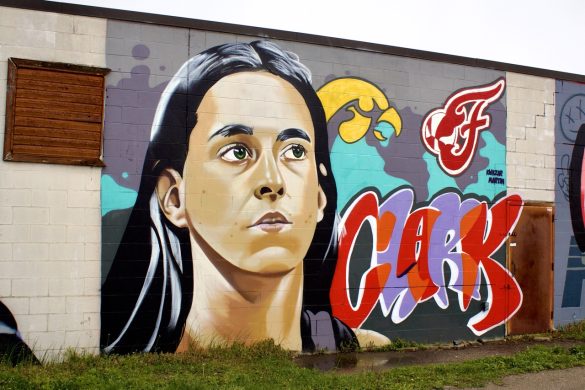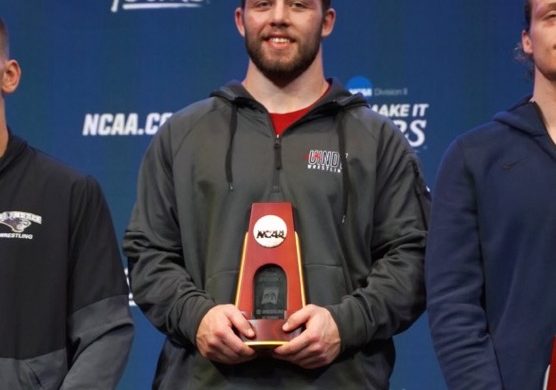A partnership has been created between the University of Indianapolis and Community Health Network to bring nursing students to campus as way of addressing the nursing shortage and demands present in the workforce. UIndy has created a newer accelerated nursing program that can be offered to those students going into the nursing field.
This program allows traditional students, along with those who already have a bachelor’s degree in another field, to earn their bachelor’s degree in nursing in four to five semesters. The program partners with Community Health Network to provide another level of hands-on experience and opportunities for those who become a part of the program, according to School of Nursing Undergraduate Program Director Karen Elsea.
“The partnership piece is newer and then the opportunity for traditional students to accelerate is really the new part of the program, but the main initiative really is for workforce development for nurses,” Elsea said. “. . . nursing chronically has a shortage. And so the idea is to be able to transition students quicker from school to practice.”
The program’s focus is to provide students with what they need to graduate from the nursing program and to provide for the general needs from nurse shortages, according to UIndy/CHN Partnership Director Gurinder Hohl.
“ . . . we wanted to create a workforce pathway where we take students who are interested in nursing and getting their BSN while they have the opportunity to work with a mentor in a healthcare network,” Hohl said. “The reason for the mentoring is to ensure that the students have a real-life experience while they are still going with their education.”
According to Hohl, designing the curriculum, developing clinical placements and identifying the mentors and admission requirements for the students were part of a significant planning process, due to the advanced nature of the program.
The program’s partnership with Community Health Network helps students get a feel for what will be happening in the workforce outside of the classroom once they graduate.
“And the partnership piece of it—what this is doing is hopefully strengthening the experience that the students have within those [healthcare] organizations,” Elsea said, “giving them a better clinical experience so that they are even that much more prepared for practice.”
The program gives the nursing students a chance to see what will be expected of them in the workforce. According to Hohl, the first year in the workforce is when students figure out whether or not they like the environment they are working in. When a nurse leaves, that adds human resources-related costs.
“So that’s why it’s very important that we are exposing the students, while they are in their academic program, to various places where they are working, such as where they get to work—in a med search unit. They may work in a pediatric unit, they may work in a heart hospital, whatever the case may be,” Hohl said. “[This is] so they have exposure to those places, and they can really get a good understanding of what it means to work there. And then, come the end of their program, they’re able to make a good choice of where they want to practice.”
According to Elsea, the program just finished phase one with the first seven students who graduated in August. Elsea said that the students all had positive things to say about their placements with Community Hospital and all were offered positions there.
With the program being so new, however, it is still going through changes and improvements. Both Community Hospital and the UIndy program are learning lessons from each other, Elsea said, and offering suggestions about how to improve and better serve students. Even as it is improving, Elsea said, the program has had a positive effect on those involved.
“I think it’s exciting just to see how this might influence patient care, influence even our partners—like I said [with] the nursing shortage—will that help in some way, especially in the in the Indianapolis area,” Elsea said. “The program is not for everyone, but for those that want to accelerate, though, I think it’s a great opportunity. I think it’s great for our university because it may be an attractive draw for some students that want to come here.”
Hohl believes that the program will not only impact the students and faculty involved, but the patients these nurses will treat as well.
“My background is in public health, so I feel that when we are developing programs that address the needs of the population at large, when we’re trying to create programs that address the needs of patients, when we are improving the need of care, what we are providing is fulfilling to me,” Hohl said. “So I feel it creates those learning opportunities for students, so that they find more meaning in the profession they have chosen.”









